1. Above-Ground Pools

Above-ground pools often don’t add the “wow factor” that in-ground pools do. Many appraisers even consider them temporary structures rather than permanent improvements. Instead of boosting a home’s worth, they can be seen as high-maintenance eyesores. They also take up usable yard space, which is valuable for many buyers.
On top of that, above-ground pools may not be built to last and can present liability concerns. If they’re poorly installed or aging, they might even raise red flags about safety. The cost of removal or replacement could deter buyers. For these reasons, appraisers usually don’t assign them much value.
2. Overgrown Landscaping
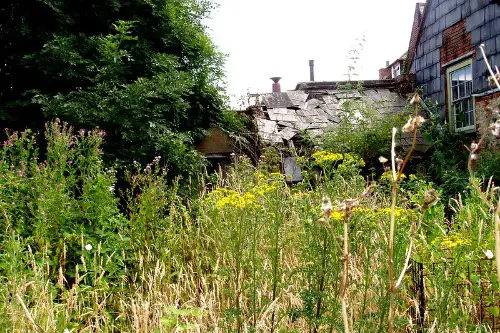
It might seem like lush, wild greenery adds charm, but overgrown landscaping can actually signal neglect. Appraisers and potential buyers often see an unkempt yard as a sign of bigger maintenance issues lurking inside. Tall weeds, invasive plants, or shrubs swallowing walkways can make a home feel less approachable. Even if the house itself is in great shape, first impressions are hard to overcome.
Over time, overgrowth can also damage hardscaping, fences, or even the foundation if roots spread too far. That means potential repair costs down the line, which lowers the home’s perceived value. A tidy lawn and trimmed hedges, by contrast, show care and upkeep. Curb appeal is about signaling that a property has been consistently maintained.
3. Cracked Driveways
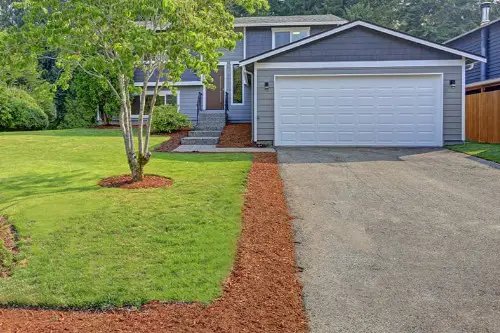
A cracked or uneven driveway is more than just an eyesore—it’s a red flag. Appraisers and buyers alike see it as a sign of deferred maintenance. Cracks can worsen over time with freeze-thaw cycles, leading to expensive repairs. It suggests the homeowner hasn’t kept up with basic upkeep.
Driveway damage can also pose a safety hazard, especially for kids, strollers, or anyone with mobility issues. That makes it less attractive in terms of functionality. Plus, replacing a driveway isn’t cheap, and potential buyers often mentally subtract that cost from the home’s value. Smooth pavement gives the opposite impression: that the property is solid and cared for.
4. Poor Drainage
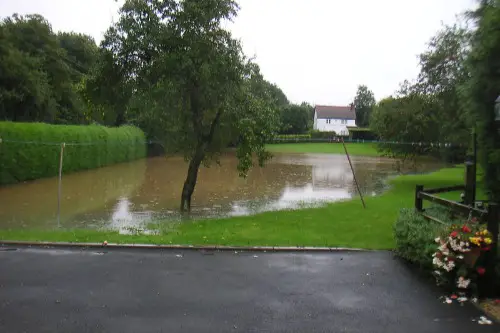
Yards that don’t drain properly can quickly turn into headaches. Pooling water, soggy grass, and erosion make a property look unkempt and high-maintenance. Worse, drainage issues can lead to foundation problems, which send appraisers’ red flags flying. A home that suggests costly future repairs is never valued as highly.
Buyers also know that poor drainage creates other nuisances. Think mud tracked inside, mosquito breeding grounds, or dead landscaping. Even if the house itself looks fine, these outdoor issues drag down the overall picture. An effective drainage system signals stability and foresight, two qualities that raise confidence in a home.
5. Old Decks or Patios
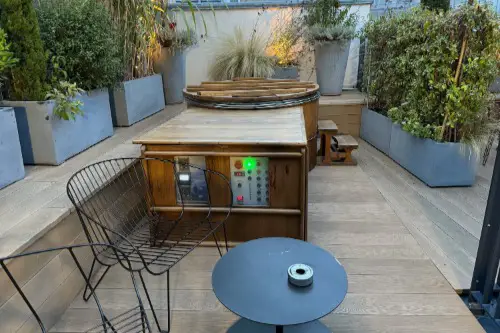
A weathered deck with splintering wood or crumbling concrete patio doesn’t inspire confidence. Appraisers look for condition as much as presence, so age and neglect work against you. Outdoor living space is a plus when it’s safe and usable. But when it’s clearly in need of repair, it turns into a liability.
Rotting wood, rusted fasteners, or uneven surfaces also suggest safety risks. Those issues make buyers imagine costly replacements rather than cozy summer evenings. Even minor flaws can overshadow the overall value of the space. A refreshed deck or resurfaced patio can swing perception in the opposite direction.
6. DIY Sheds or Outbuildings
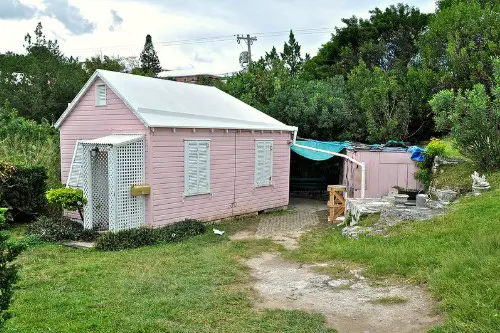
A shed can be handy, but poorly built or makeshift ones can backfire. Appraisers often treat them as non-permanent additions, which means they don’t count for much. If a shed looks slapped together or unstable, it can actually detract from value. Instead of bonus storage, it reads as an eyesore.
Beyond appearance, safety is a real issue with wobbly outbuildings. They can collapse, invite pests, or just give a backyard a cluttered feel. Buyers start thinking about the hassle of removal rather than convenience. Quality construction matters, and flimsy extras rarely add worth.
7. Chain-Link Fences
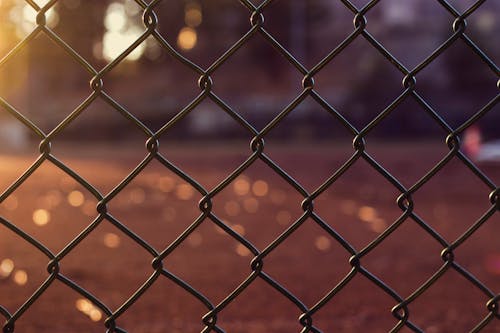
Chain-link fences might be practical, but they often signal “cheap” rather than “secure.” Many appraisers see them as less desirable compared to wooden or vinyl fencing. They don’t contribute much to curb appeal and can even make a home feel more industrial than residential. The overall vibe is utility, not comfort.
For buyers with kids or pets, fencing is a plus, but style matters. A sturdy privacy fence feels like an upgrade, while chain-link feels like the bare minimum. Replacement costs get factored into the perceived value of the home. So instead of lifting the appraisal, this feature often leaves it flat or lower.
8. Outdoor Hot Tubs
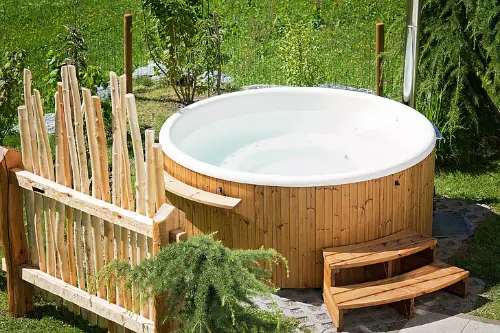
A hot tub might sound like a luxury, but appraisers rarely treat them that way. Unlike a pool, they’re considered personal property rather than a permanent improvement. That means they usually don’t add any real appraisal value. In fact, older or poorly maintained tubs can actually hurt impressions.
Maintenance and sanitation are big concerns for buyers. A neglected hot tub can look like a bacteria trap rather than a spa retreat. If it’s outdated or broken, it feels like another problem to deal with. Rather than being an asset, it becomes a subtraction from the home’s appeal.
9. Excessive Concrete
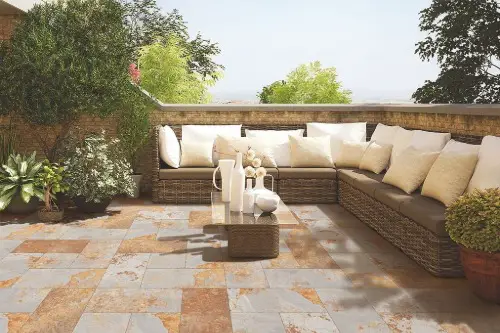
Some homeowners pour lots of concrete for patios, walkways, or even large driveways. While functional, too much hardscape can make a yard feel harsh and unwelcoming. Appraisers often value a balance between green space and paved areas. When grass is replaced with endless concrete, it lowers aesthetic appeal.
It can also lead to drainage issues, especially in heavy rains. Buyers may see it as an expensive problem to undo. Removing or replacing concrete is no small task. A thoughtful mix of usable surfaces and landscaping is what boosts value.
10. Outdated Play Equipment
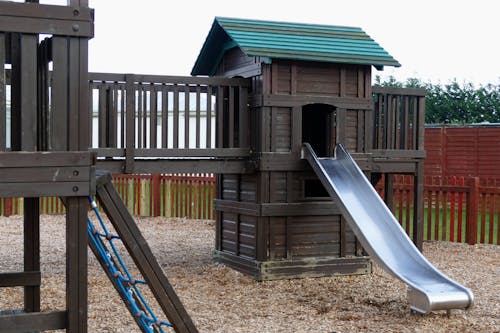
Old swing sets, slides, or jungle gyms can quickly go from charming to concerning. Rust, splinters, and unstable structures scream liability. Appraisers and buyers both recognize that safety risks bring down value. Instead of family-friendly, the yard feels neglected.
Even if the equipment is still usable, outdated designs don’t carry much appeal. Many buyers prefer the blank canvas of an open yard. When equipment looks dated, it suggests more costs to remove than benefits to enjoy. It’s better to have a clear, safe space than a risky relic.
11. Satellite Dishes

Big, old satellite dishes bolted to roofs or yards can hurt curb appeal. While they were once the mark of high-tech homes, now they look dated. Appraisers see them as clutter rather than assets. They often suggest a property hasn’t been updated in years.
Even smaller dishes attached to siding or railings can feel like an unnecessary blemish. Most modern buyers rely on streaming, so dishes signal obsolete technology. Removing them isn’t hard, but their presence gives off a negative first impression. Clean lines and modern touches always appraise better.
12. Invasive Trees
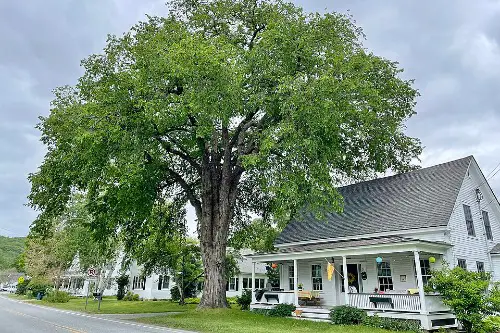
Trees are generally a plus, but not all species are created equal. Fast-growing invasives like silver maples or certain willows can cause real trouble. Their roots can crack driveways, invade pipes, or destabilize foundations. Appraisers know these risks, and they often adjust value downward.
Beyond structural damage, invasive trees also require more upkeep. They drop debris, grow aggressively, and can be expensive to remove. Buyers may see them as a ticking time bomb rather than a charming feature. Healthy, well-placed trees, on the other hand, are usually an asset.
This post 12 Outdoor Features That Quietly Lower Your Home Appraisal as first published on Greenhouse Black.
